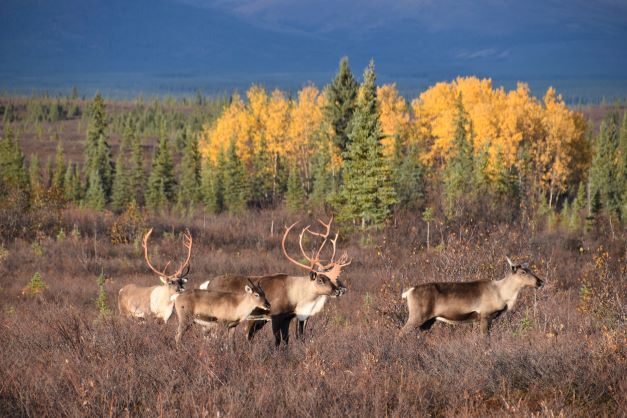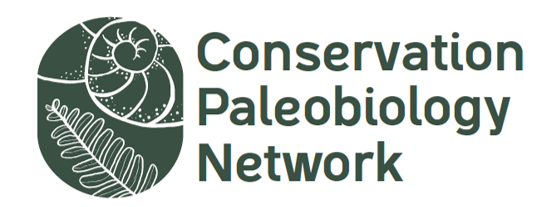Integrating Conservation Paleobiology into Caribou Management
Caribou are ecologically, economically, and culturally important in boreal and arctic regions across the Northern Hemisphere. Some herds have recently gone extinct and many others are dramatically declining, though the drivers of these changes are poorly understood. Historical proxies are well-positioned to fill in our knowledge gaps in caribou conservation, in part because the sizes of caribou populations undergo dramatic fluctuations across multi-decadal timescales. While historical proxies show potential to inform caribou conservation, these insights are rarely integrated into management strategies and decision making, often due to mismatch between academic foci and management priorities.
The Caribou Working Group is exploring the relevance of historical proxies for informing caribou conservation and management. We are composed of academic and applied biologists, archeologists, and paleontologists, and our membership is currently expanding so we can incorporate knowledge of Indigenous peoples at multiple scales. Our overarching goals are to: (1) Identify and prioritize aspects of caribou management and conservation that may be informed by extended temporal perspectives, (2) Synthesize research on historical proxies relevant to caribou, (3) Produce case studies for how to effectively integrate historical proxies with biomonitoring data, and (4) Build collaborative project teams for future research on caribou and other ungulates.

Principal investigators

Kyle Joly
U. S. National Park Service

Josh Miller
Department of Geology
University of Cincinnati

Jeff Rasic
U. S. National Park Service
About CPN Working Groups: The Conservation Paleobiology Network (CPN) sponsors working groups focused on research questions that integrate conservation paleobiologists, academic partners, wildlife managers, and stakeholders to develop effective strategies for translating products of historical research into conservation and management actions. Each working group includes meetings to develop approaches to research or applications. Working groups should engage key interest groups (conservation paleobiologists, archaeologists, environmental historians, federal and state management officers, and stakeholders) and contribute to the broader mission of the CPN of establishing conservation paleobiology as both a basic and applied discipline. Outcomes may include publications or other products developed by working groups, tutorials and lectures contributed to the CPN webinars, and/or proposals to funding agencies to support further activities. The working group panel oversees solicitation, selection, development and assessment of working groups.

